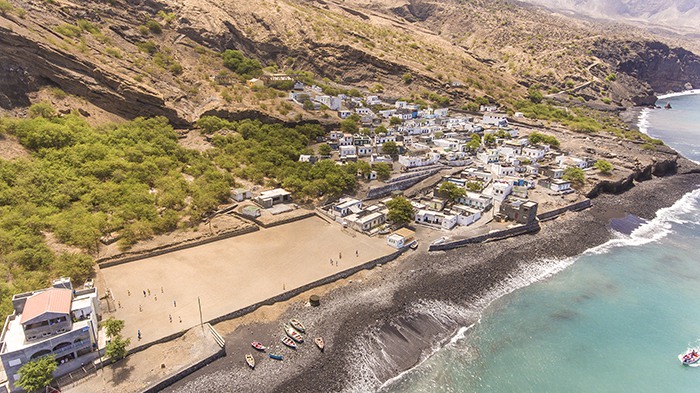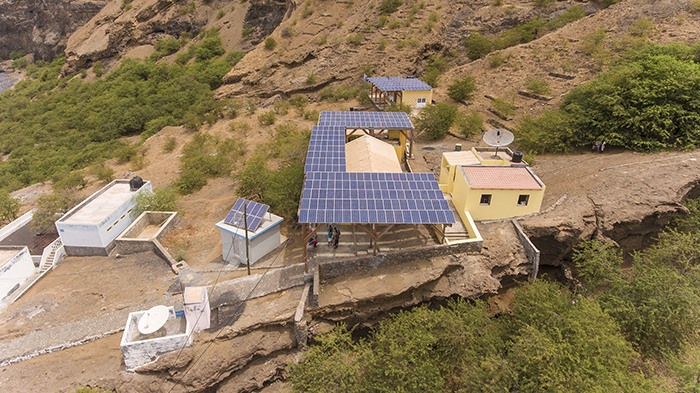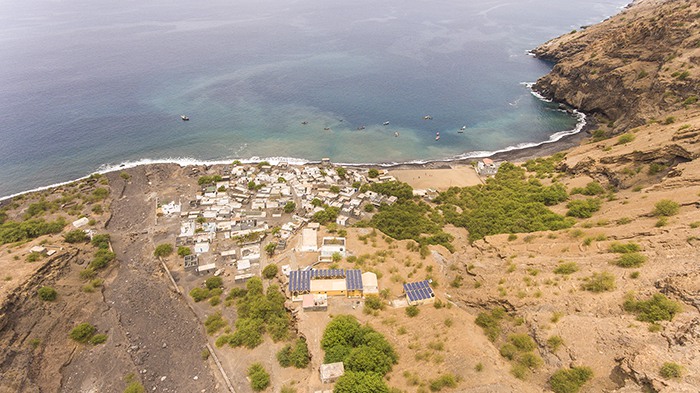7 years of 100% Renewable Energy in Monte Trigo, Cape Verde
The Solar Photovoltaic Plant of Monte Trigo completed 7 years of service in February of this year, with more than 250 MWh produced. Monte Trigo is the first village in Cape Verde with 100% renewable energy with the operation of the micro-grid and solar power plant, implemented by Águas de Ponta Preta (APP), ALER’s Member.
The initiative to implement this Solar Plant has challenged all arguments of economic and technical feasibility of the projects, due to their location and dimension, prioritizing the development and fight against poverty, by realizing the right to access to energy. The village of Monte Trigo has a population of 274 inhabitants (2010 census), and family incomes depend mainly on the fisheries sector, although at present there is great potential in the ecotourism sector.
The community today benefits from a photovoltaic power plant with a capacity of 37.9 kWp, result of a development project co-financed by the European Union and Porto Novo Municipal Council and executed by a consortium of companies led by Águas de Ponta Preta, Lda (APP). The current management is the responsibility of a public-private partnership that integrates the APP, the Porto Novo City Council and AGRIPESCA, under a tripartite agreement.
The photovoltaic power plant, after seven years of uninterrupted operation and 24/24 hours, has triggered a new dynamic of development in the community at various levels, socio and family, environmental and economic. The Central was designed for the village context seven years ago, that was, to satisfy mainly the domestic energy needs and basic services. Currently, with the rehabilitation work of the community houses, Monte Trigo has entered the rural tourism route and ecotourism, thus creating a new economic dynamic, namely, hosting tourists (lodging and food).
The increase in the quality of life in the community is unquestionable and is visible in the scope of the increase of jobs, alleviation of housework, integration of the community in the route of rural tourism and nature, greater security and predictability in the performance of fishing activity. After seven years, this dynamic of local economic growth is due to the energy demand, today much higher than initially projected.
Source and Image © APP



